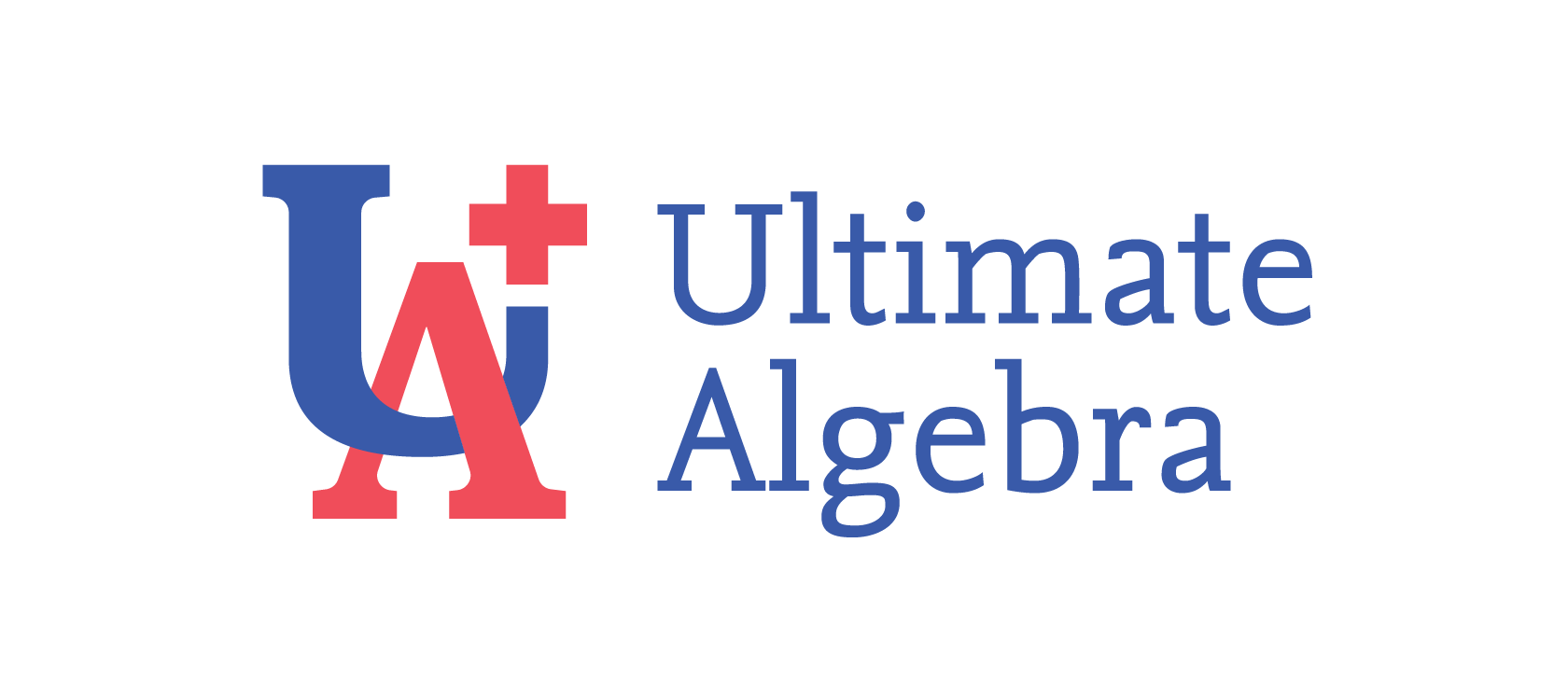Comparing Whole Numbers
In Comparing whole numbers the first we must know is that A number can either be less than, greater than or equal to another number.
These are the mathematical symbols for
less than <
greater than >
equal to =
A number with more digits than another number is always greater.
Example
324 > 15.
Notice that the 324 has three digits and the 15 has two digits.
When two numbers have the same digits,
you’ll compare them from left to right. The first instance of one of the numbers being greater makes you know which number is greater.
Example
Now let’s compare 247 and 229
First we noticed that they have the same number of digits, which is three. So we have to compare the digits from left to right to know which is greater.
Both starts with two, so no difference here.
The next number is 4 for the 247 and 2 for the 229.
Since 4 is greater than 2.
247 > 229.
Let’s look at another example.
Compare 5437 and 5437.
This is exactly the same number so they are equal.
5437 = 5437
Next example
Compare 6389 to 6398.
First of we notice they have the same number of digits, which is four digits.
We have to therefore compare from left to right. We see both start with 6.
We compare the next digit. We notice that both are 3.
We compare the next digits. We noticed that we have 8 for 6389 and we have 9 for 6398
Since 8 is less than 9, we can say that
6389 < 6398.
Getting the "Less Than & Greater Than" sign right
Since a lot of students confuse the less than sign and greater that sign here is a little trick to always get your sign right.
The point end always faces the smaller number.
Example
15 < 246
Here, 15 is the smaller number so you will notice that the point end faces it.
Example 2
6398 > 6389
The smaller number is 6389 so the point end faces it.
With this in mind. You should never get this signs wrong.
This brings us to the end of this Lesson. Have a great day. Good bye.

